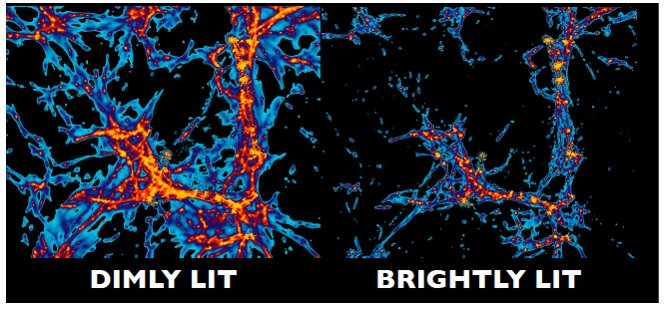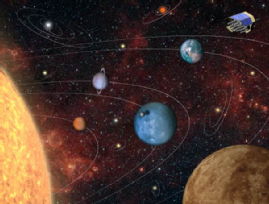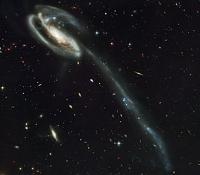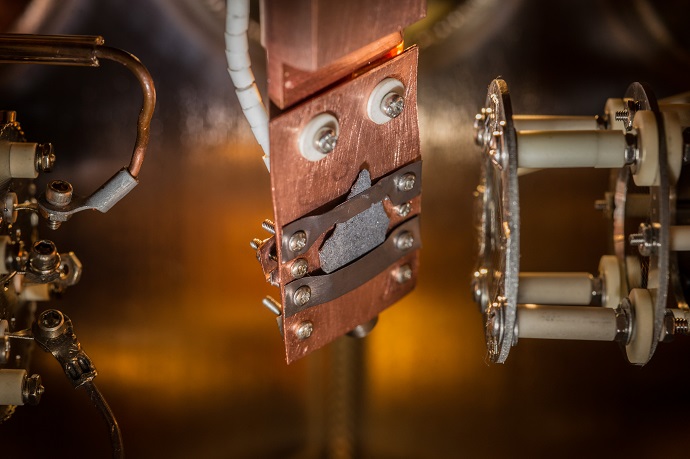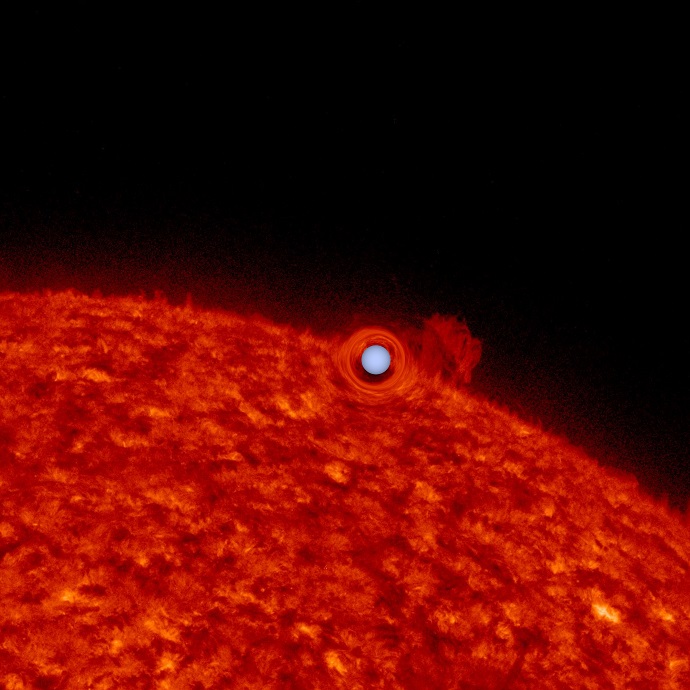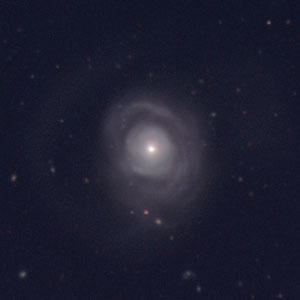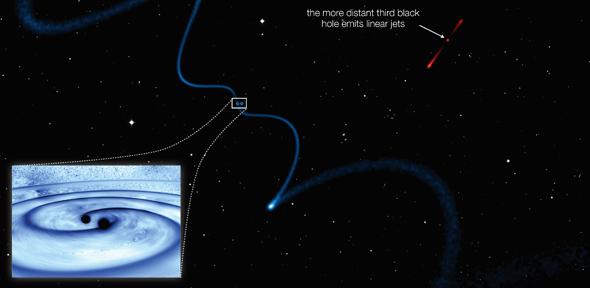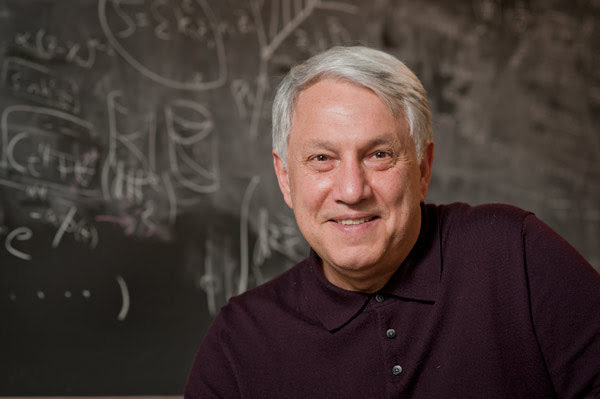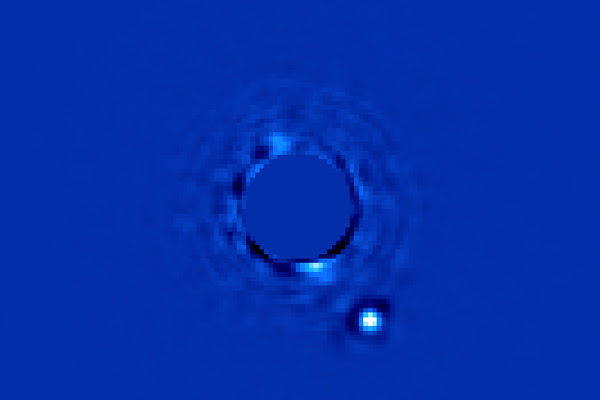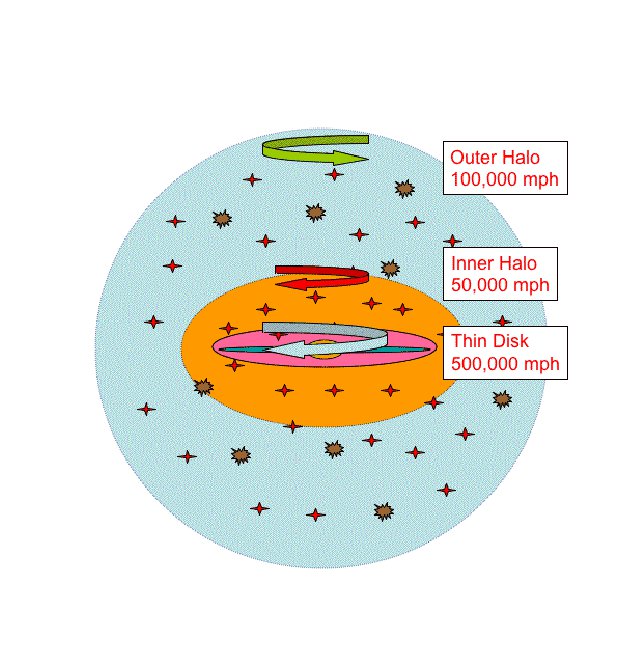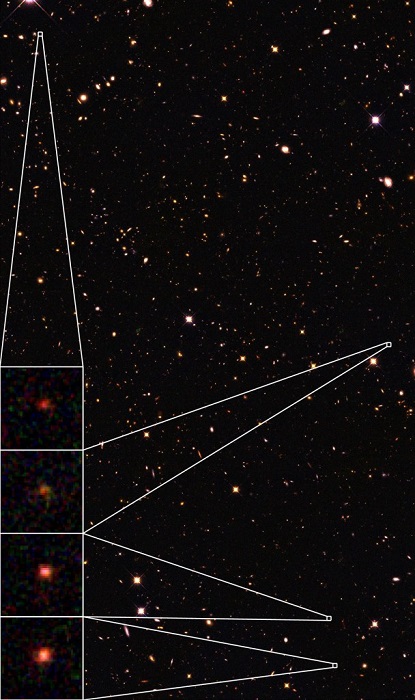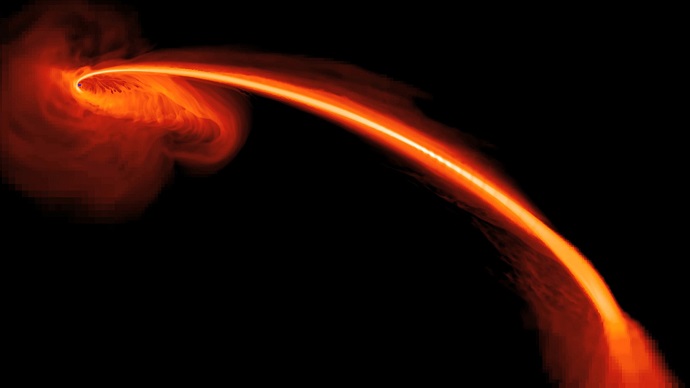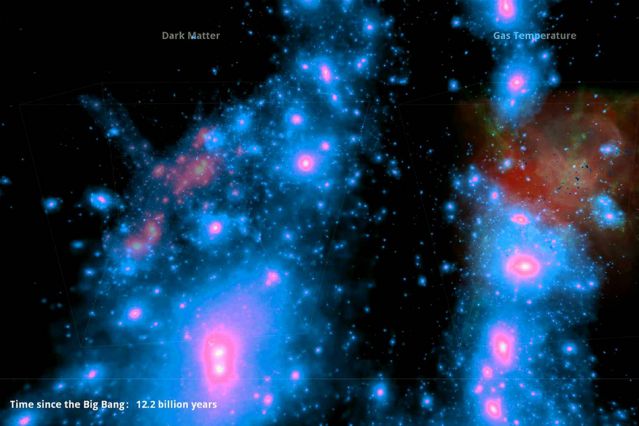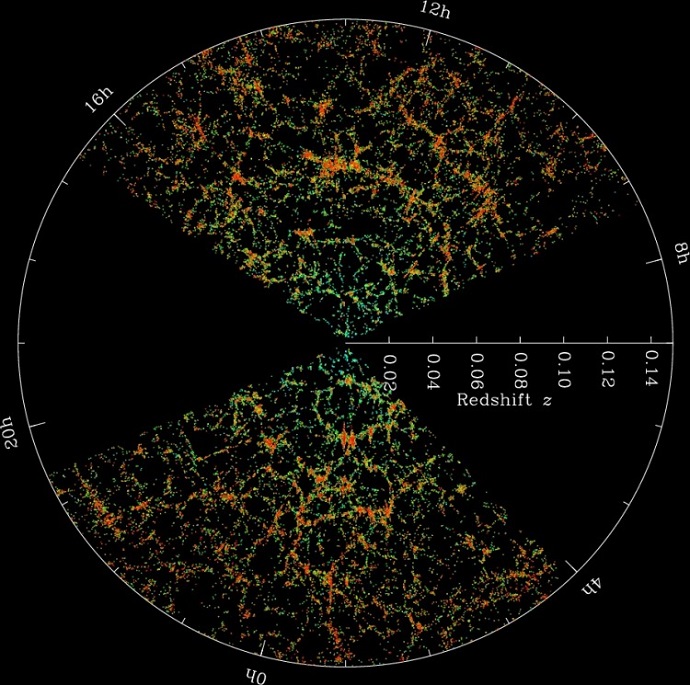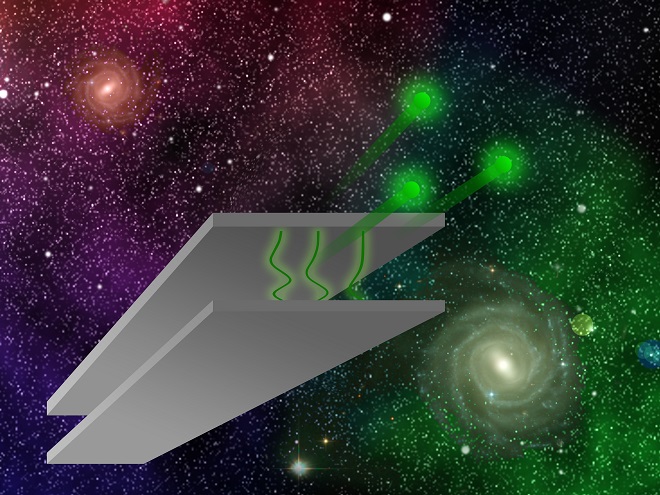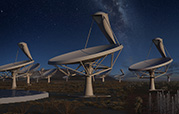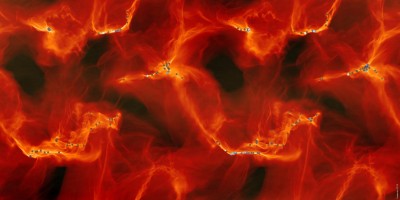
CU-Boulder instrument onboard Hubble reveals the universe is ‘missing’ light
Something is amiss in the universe. There appears to be an enormous deficit of ultraviolet light in the cosmic budget. O…
Read >>Astronomers closer to proving existence of gravitational waves
Researchers from University of Warwick and Monash University have provided new evidence that may prove the existence of…
Read >>Nearby satellite galaxies challenge standard model of galaxy formation
Satellite dwarf galaxies at the edges of the Milky Way and neighbouring Andromeda galaxies don’t fit the accepted model…
Read >>Solar photons drive water off the moon
Research provides measurements for scientists searching for water in solar system
New research at the Georgia Institute of Technology indicates that ultraviolet photons emitted by the sun likely cause H…
Read >>'Upside-down planet' reveals new method for studying binary star systems
What looked at first like a sort of upside-down planet has instead revealed a new method for studying binary star system…
Read >>Fast-flowing gas curtails galaxy’s glow
The bright core of a spiral galaxy has unexpectedly dimmed, according to a new study by an international team of astronomers.
Published in Science today, the study provides the first direct evidence for the long-predicted shielding process that i…
Read >>Black hole trio holds promise for gravity wave hunt
The discovery of three closely orbiting supermassive black holes in a galaxy more than four billion light years away cou…
Read >>Star is discovered to be a close neighbor of the sun and the coldest of its kind
Images from the space telescopes also pinpointed the object's distance at 7.2 light-years away, making it the fourth clo…
Read >>Stanford physicist Andrei Linde awarded Kavli Prize in Astrophysics
The Kavli Prize in Astrophysics recognizes Linde's contributions in developing cosmic inflation, the theory that explains the origin and structure of the universe.
Andrei Linde, the Harold Trap Friis Professor of Physics at Stanford, has been awarded the 2014 Kavli Prize in Astrophys…
Read >>New planet-hunting camera produces best-ever image of an alien planet, says Stanford physicist
An international project led by Stanford physics Professor Bruce Macintosh can detect Jupiter-size planets orbiting faraway stars that resemble our sun.
The hunt for planets in faraway solar systems has taken another step forward with the debut of a new planet-detecting in…
Read >>The halo effect: galactic breakthrough sheds light on how initial stars and galaxies formed
A team of galactic archaeologists has uncovered new insights into the formation of the earliest stars and galaxies by ob…
Read >>Granny galaxies discovered in the early Universe
An international team of astronomers have discovered the most distant examples of galaxies that were already mature and…
Read >>Cosmic Slurp: Researchers Predict Signs of Black Holes Swallowing Stars
Somewhere out in the cosmos an ordinary galaxy spins, seemingly at slumber. Then all of a sudden
Read >>The universe in a cube
New model, spanning 13 billion years of cosmic evolution, makes important advances.
A massive computer simulation has produced a model of the universe’s evolution with new accuracy in some important measu…
Read >>Cosmologists at Penn Weigh Cosmic Filaments and Voids
Cosmologists have established that much of the stuff of the universe is made of dark matter, a mysterious, invisible sub…
Read >>Misleading mineral may have led to overestimate of water in moon
Discovery of hydrogen-rich apatite in lunar rocks hinted at more watery past. Think again, says UCLA's Jeremy Boyce.
The amount of water present in the moon may have been overestimated by scientists studying the mineral apatite, says a t…
Read >>Searching for Dark Energy with Neutrons
Gravity resonance spectroscopy, a method developed at the Vienna University of Technology, is so sensitive that it can n…
Read >>The study of quasars reveals the most precise measurement of the expanding Universe
Astronomers from the Sloan Digital Sky Survey have used 140,000 distant quasars to measure the expansion rate of the Uni…
Read >>Southampton scientist to help design and build the world’s largest telescope
A scientist from the University of Southampton will be helping to design and build the world’s largest telescope.
Professor Anna Scaife, from the University’s Astronomy Group, will join other UK scientists, engineers and industries in…
Read >>Recipe for star formation discovered
An international team of astronomers has developed a novel technique to reconstruct an interstellar cloud’s three-dimens…
Read >>
There are 385 articles in Astronomy & Space
Astronomy & Space Archive
